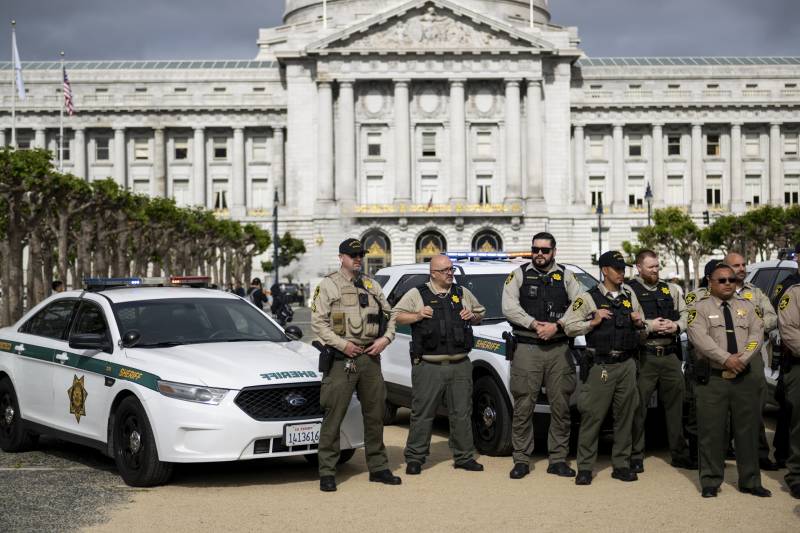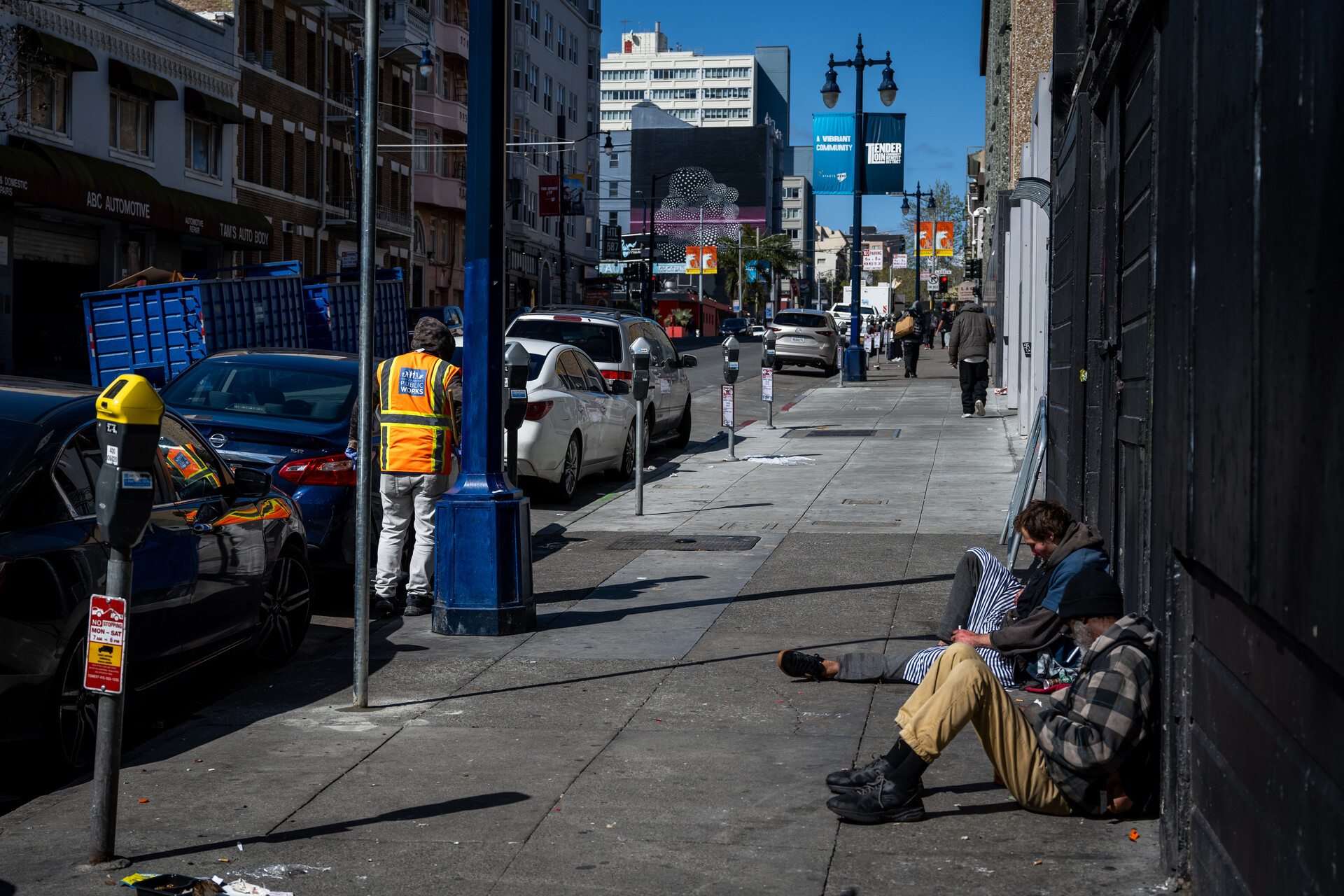One year into San Francisco’s push to dismantle open-air drug markets, authorities are touting thousands of arrests by the law enforcement campaign; last week alone, police announced they had arrested 10 people in a single-day operation in the Tenderloin, as well as the arrests days earlier of two brothers suspected of trafficking drugs in the area and carrying 6 kilograms of fentanyl, among other substances.
Still, with people dying of overdoses near a record pace and neighbors’ complaints of a pervasive drug trade, some policy experts have questioned whether San Francisco is taking the right approach to the crisis.
Mayor London Breed launched the Drug Market Agency Coordination Center, a centralized hub for local, state and federal law enforcement agencies to disrupt drug dealing and public drug use in the Tenderloin and South of Market neighborhoods, in May 2023. Last week, on its first anniversary, Breed’s office released a public data dashboard showing that in the first year of the crackdown, law enforcement officials made more than 3,000 arrests and seized nearly 200 kilos of narcotics.
Of those arrests, 1,008 people were suspected of dealing drugs, 1,284 were suspected of using drugs, and 858 people had outstanding warrants. The top two drugs seized by weight were fentanyl, at more than 89 kilos, and methamphetamine, at 48 kilos. In a statement announcing the first-year data, city officials called those “significant results.”
“The partnerships we put in place are getting fentanyl out of our neighborhoods, and with new technology being deployed and more officers joining our ranks, our efforts will only grow stronger over the coming year,” Breed said in a statement.


